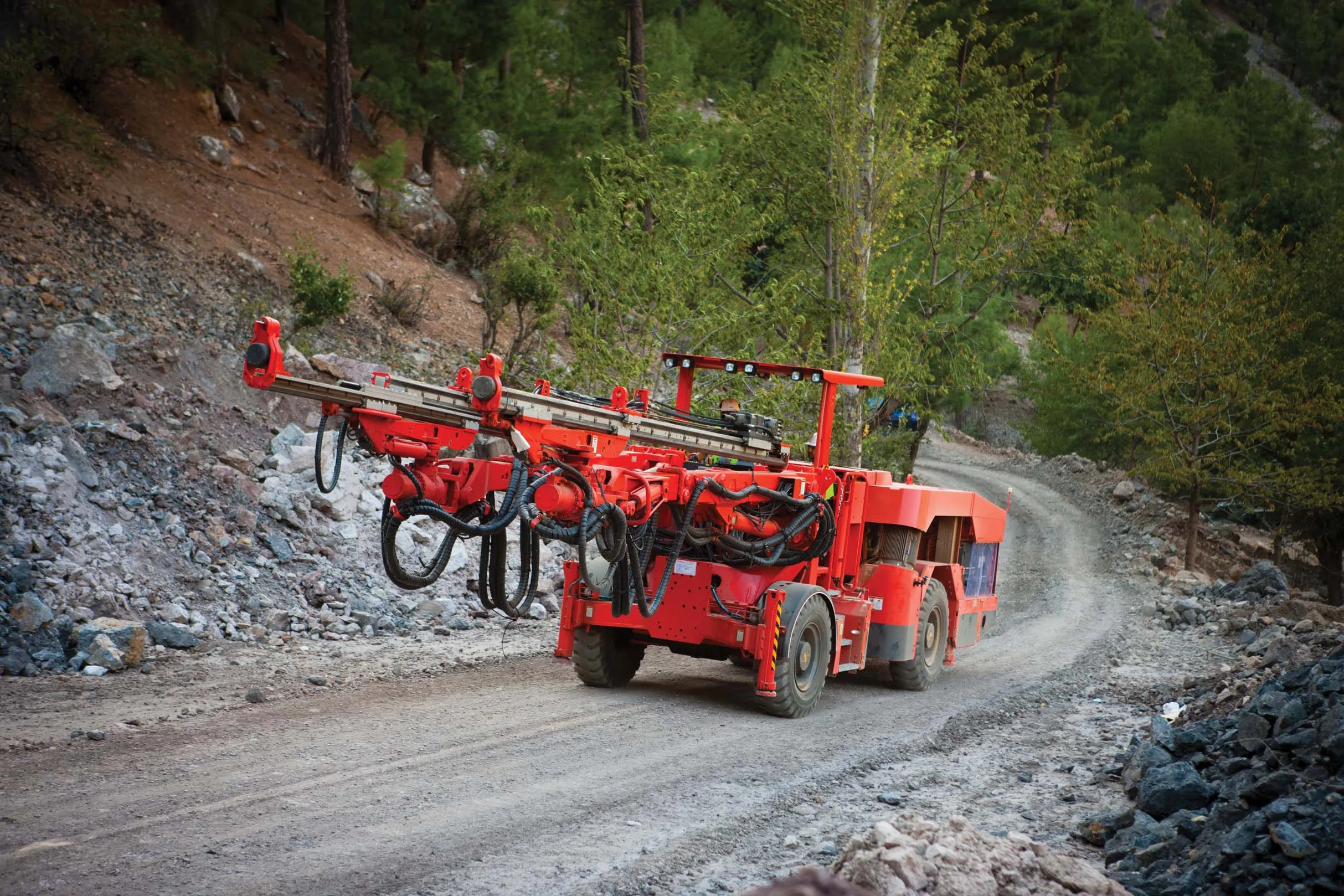
The low risk found for driving through the tunnel is primarily due to the low volume of traffic of around 11,000 vehicles/day and the ban on HGVs and the transport of hazardous goods.
Unidirectional traffic, sufficiently wide lanes, emergency lanes and lighting are the main reasons for the very good result for preventive measures.The tunnel is monitored around-the-clock in a tunnel control centre manned by trained staff, and incidents are automatically reported to the control centre by video link. If necessary, motorists are guided using traffic lights and variable traffic signs, and information is provided via information displays, traffic radio and loudspeakers.
An automatic fire alarm system detects fires, activates ventilation, and closes the tunnel, and the short distance to be covered by the fire brigade, the stationary fire sprinkler system and the supply of fire-fighting water in the tunnel ensures effective fire fighting.
An emergency response plan and regular drills ensure good cooperation between the tunnel control centre and the emergency services.
In the event of fire, there are good preconditions for effective self-rescue. The ventilation system extracts the smoke near the seat of the fire out of the tunnel. This means that people in the tube can use the well-signposted emergency exits to the neighbouring tube in order to leave the tunnel through a largely smoke-free environment.
Escape shafts for tunnel evacuation are provided every 1,000m.
Duplex A86
Location: France, near Paris, between Rueil Malmaison and Vaucresson (access A13)
Year opened: 2009 (first stage of construction)
Length: 4,530m
Portal height level: 173/17m above sea level
Number of tubes: two, unidirectional traffic
Speed limit: 70km/hour
Vehicles per day: 11,000
Share of HGVs: 0 (banned) Breakdowns/accidents/fires: 28/0/0 Risk: LowHvalfjörður Tunnel
The medium risk found for driving through the tunnel is primarily due to its 5,770m length and steep gradient of more than 8%, although the traffic volume of 5,400 vehicles and number of hazardous goods transports each day are rather low.
Incidents in the tunnel are not automatically reported to the tunnel control centre. Tunnel staff rely on reports made by motorists using either the emergency (or their own mobile) phones. If necessary, motorists are guided using traffic lights and variable traffic signs and information is provided on displays and traffic radio.
Hvalfjörður Tunnel (EuroTAP rating: very poor, poorest test result)
Location:Iceland, near Akranes, Highway No. 1 between Reykjavik and Akranes
Year opened: 1998
Length: 5,770m
Portal height level: 10/20m above sea level
Number of tubes: one (bi-directional traffic)
Speed limit: 70km/hour
Vehicles per day: 5,400
Share of HGVs: 5%
Breakdowns/accidents/fires: 26/8/0
Risk: MediumThere is no automatic fire alarm system, and if a fire breaks out the tunnel control centre must activate the ventilation system manually, close the tunnel and notify the fire brigade, which has to travel a long distance. This, and the insufficient supply of fire-fighting water with just one hydrant in the middle of the tunnel, makes fire-fighting difficult. At least, an emergency response plan coordinates cooperation between the tunnel control centre and emergency services. Emergency drills are not held regularly.
The preconditions for effective self-rescue in a fire badly need to be improved. Due to the long ventilation section along the entire length of the tunnel, smoke located a long distance from the seat of the fire cannot be prevented from sinking down from the tunnel ceiling.
Moreover, longitudinal flow in the tunnel is not considered in ventilation control. The steep gradient in the tunnel also encourages smoke to spread. This can lead to smoke spreading throughout the entire tunnel and, considering the lack of additional emergency exits and the hence long distances to be covered to the portals, this could be dangerous. Orientation in a fire is also difficult because these escape routes are not marked by evacuation lighting.









